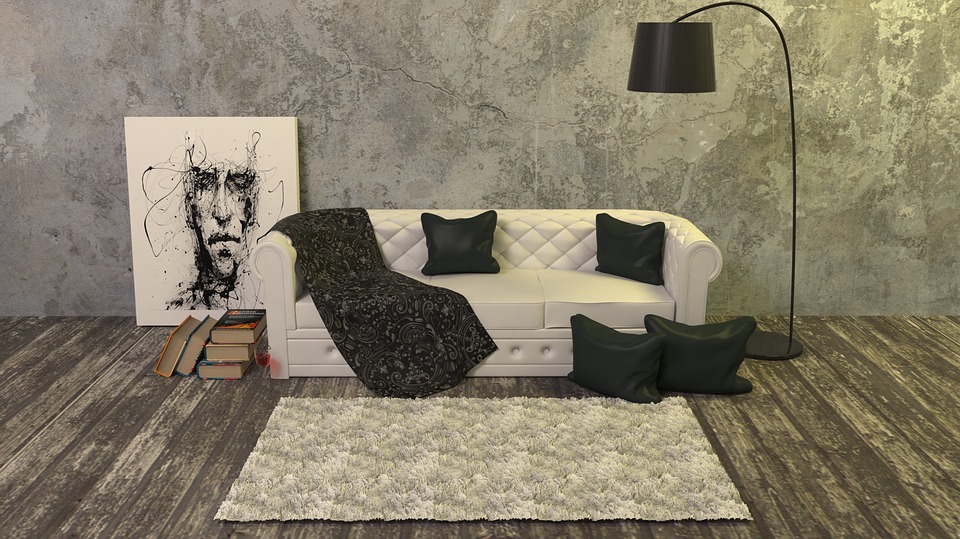The world of interior design is such a unique and diverse environment.
This is because it is entirely dependent on the individual and what they feel is needed to inject new life into a home design.
Now, this is relatively easy for home designers who are starting with a new project, as they are working with a completely blank canvas. Therefore, it is easy to see your design emerging from the ground up. From laying down your high gloss laminate floor to adding those finishing decorative touches, you can see your vision evolving organically in front of your eyes allowing you to evolve and change your design as you progress.
Of course, creating a new room design from a blank canvas does not even need to involve serious redesign work. In fact, it can include anything from a lick of paint to placing new cushions on the couch. This is one of the more flexible methods of bringing life to a room canvas, evolving your design as you go adding and removing new features until you reach your desired result.
However although this method works well with a blank canvas, what if you are working with a pre-existing room design. Wanting to rework a pre-existing room canvas comes with its own unique risks and rewards that every interior designer wishes to take on.
A good metaphor to describe what we are talking about would be taking the Mona Lisa and thinking ‘you know what I can improve on this’ erasing the old artwork and repainting the picture in your own image.
As you can imagine this would create quite a stir (and possibly some jail time), however, the principle is the same.
This is because like repainting the Mona Lisa, what you are essentially doing is aiming to rework and hopefully improve upon a tried and tested room design; complete with its own unique details and charms that could never or would be very difficult to replicate.
The feeling of the room is one of the biggest flight risks when reworking an existing room design. This is because over time the room has become familiar to everyone, which has developed into a feeling of familiarity and in turn comfort.
However, removing a familiar piece of furniture or tearing up the old carpet in place of some sleek oak laminate flooring does come with a risk of removing this familiarity. The obvious gains of your new floor may come at the cost of disrupting the familiar atmosphere and thus the feeling of comfort the room once had.
Another risk is how significantly reworking an existing room design, you can disrupt the unique chemistry your room possesses. For example, say you decide to repaint your wall, the new color that you chose may look good on paper, however, this may not look so great in practice. Factors such as light and room footfall can influence how your new design will work and whether it is an improvement.
However, this is the sort of risk vs the reward is a challenge that most interior designers relish.
Taking the Mona Lisa example from earlier, imagine if you were not only able to replicate the feeling of the old painting but improve upon it. This is the same sort of challenge that comes with reworking a pre-existing room design, the chance not only to add a fresh new look to a dated room design but also improve upon it.
This in itself also brings a whole new set of challenges, as what does it take to improve upon a previous design? After all the old décor and design may be dated and showing its age, yet it remains functional and beneficial to the whole household.
As an interior designer, you must question whether or not your new room design will be able to provide these same benefits, or if compromises will need to be made so that will benefit all members of the household.
However, even by choosing to rework your tried and tested room design knowing that the original look and feel of your room may never be recaptured; the potential to create something truly inspiring shows the unwavering vision, determination, and self-belief is what all great interior designers crave.

